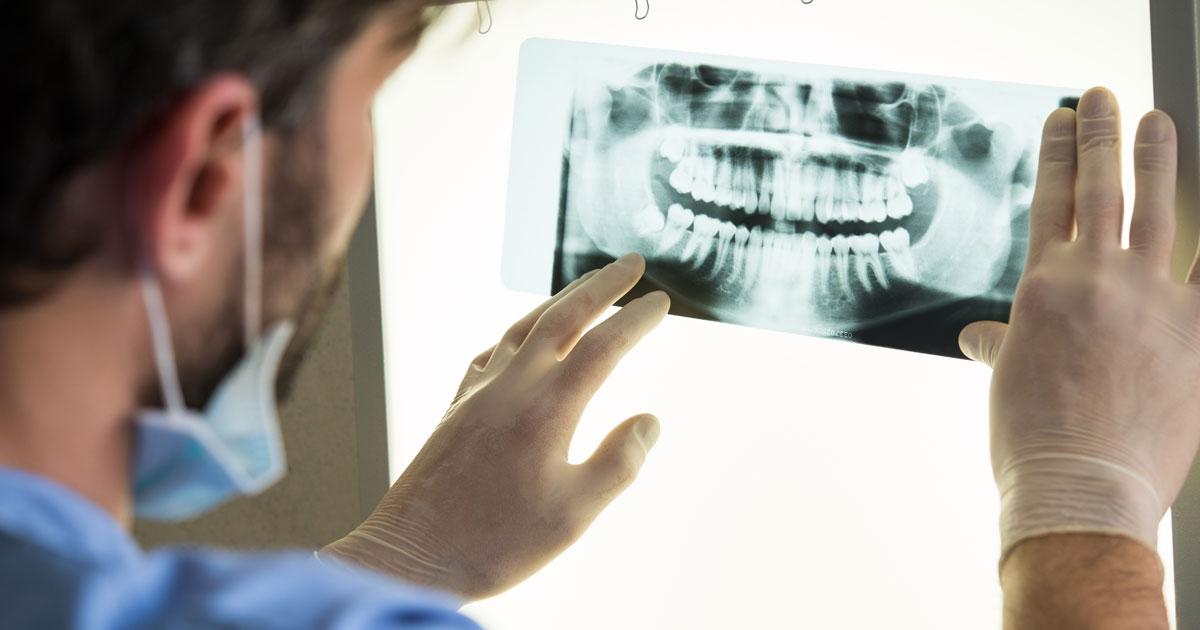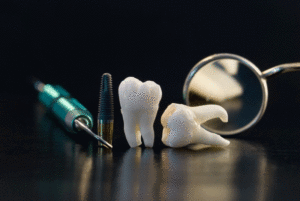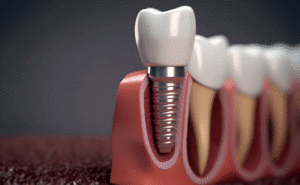It’s recommended that you see the dentist at least once every six months to receive a professional teeth cleaning and a dental checkup – and a big part of this dental checkup is taking X-rays of your mouth to get an updated look at your teeth. X-rays are typically taken every other dental cleaning to the point that they’ve become fairly routine. X-rays can be taken both from inside and outside of the mouth, though intraoral X-rays tend to be more common than extraoral ones. The benefit of X-rays is that they give dentists a more thorough way to look at your teeth, thereby helping them to better gauge any issues that may be occurring within the mouth. What’s more is that they’re typically taken in just mere minutes and with no discomfort to the patient. This post will take a closer look at the value of X-rays and just what dentists are looking for after they’re taken.
Diagnostic and Preventative
For dentists, X-rays serve both diagnostic and preventative purposes. Intraoral X-rays, for instance, give dentists a high-definition look at the tooth, bone and the supporting tissues. This helps dentists better assess the overall health and shape of the tooth. It can also help them to identify:
- Cavities that are forming.
- The health of tooth roots.
- Bone health.
- Any risk or presence of periodontal disease.
- Teeth that are developing.
By analyzing X-rays, dentists are able to better put together a more comprehensive treatment plan to curb existing issues or keep watch over certain teeth that have the potential to become problematic in the future.
Types of X-rays
We’ve already discussed how X-rays can be taken from inside or outside of the mouth, but there are other types of specialty X-rays that dentists may administer for one reason or another. For instance, periapical X-rays are one of the most common types that are taken. They basically provide a view of the entire tooth, from the crown on down to the bone. Some other types of X-rays that are taken include:
- Bite-wing: These X-rays include the upper and lower teeth and help dentists see how they come together. They can better help gauge tooth decay in the hard to reach back teeth.
- Panoramic: These X-rays include the entire mouth, including the teeth, jaw, sinuses, jaw joints and more. They’re most commonly administered when determining if a patient needs orthodontic treatment.
- Occlusal: This is another type of X-ray that shows the bite. It’s commonly administered with children to see how their adult teeth are forming in the mouth following the loss of their baby teeth.
Digital X-Rays
Digital x-rays are an advancement in dental technology that allow dentists to capture images of your teeth but no longer require the use of film. Instead the images are sent directly to a computer thereby avoiding the use of harsh chemicals required for film development. It also reduces wait times and best of all digital x-rays use up to 90% less radiation than film x-rays.
Overall x-rays are just another tool in a dentist’s arsenal to help them take care of your teeth as well as possible. For more information on X-rays and what dentists are looking for with them, contact Caven Dental today.



